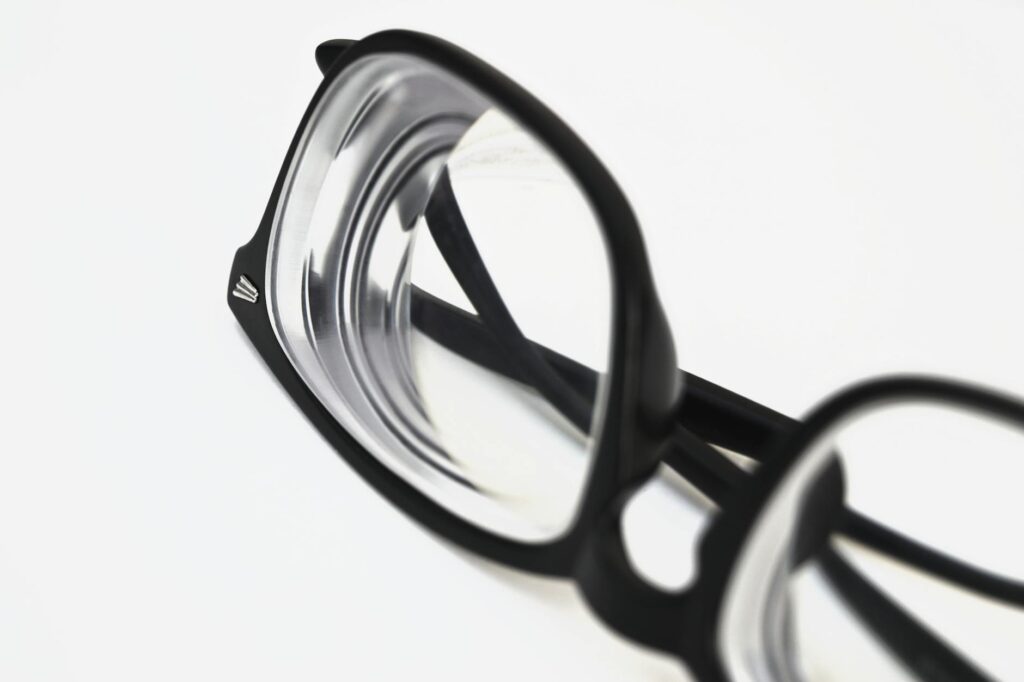Understanding Myopia and Its Importance
What is Myopia?
Myopia, commonly known as short-sightedness or near-sightedness, is a vision condition where distant objects appear blurry while close objects can be seen clearly. For instance, someone with myopia can read a book or view a laptop screen without issue but will struggle to see text and objects on a whiteboard, television, or across a room, as well as when looking outdoors or driving.
Why is Myopia a Concern?
The prevalence of myopia is increasing worldwide, rising from 22% of the global population in 2000 to 33% in 2020. By 2050, it is projected that half of the world’s population will be myopic. This condition often develops in childhood due to the eyeball growing too quickly.
Normally, eyes grow until the early teens and then stop, but in myopia, the eyes continue to grow excessively into the teenage years. Once myopia begins, vision typically worsens every 6-12 months, necessitating stronger prescriptions. Most children’s myopia stabilises by their late teens or early twenties although this can vary with lifestyle. This excessive eye growth is concerning because even minor stretching of the eye can increase the risk of severe eye diseases later in life, such as myopic macular degeneration, retinal detachment, and cataracts.
/
Why Manage Myopia in Children?
Myopia progresses most rapidly in younger children, particularly those under 10 years old. Therefore, the best time to slow down eye growth is during early childhood. Myopia management involves specific treatments aimed at reducing the rate of excessive eye growth. Experts recommend starting myopia management for all children under 12 and continuing it into the late teens.
The immediate benefit of managing myopia is that a child’s prescription will change less frequently, providing clearer vision for longer periods between eye exams. The long-term benefit is a reduced risk of eye disease and vision impairment throughout life. The risk of these complications increases with the severity of myopia. Encouragingly, reducing the final severity of myopia by just 1 dioptre can decrease the lifetime risk of myopic macular degeneration by 40% and the risk of vision impairment by 20%.
Understanding and managing myopia from an early age is crucial for maintaining long-term eye health and reducing the risk of serious vision problems in the future.
What options are there for Myopia Control Therapies
- Lifestyle Changes: Encouraging more time outdoors and reducing prolonged near work (such as screen time) can contribute to slower myopia progression. The evidence for this is strongest before a child becomes myopic, although it’s good advice for those who are already short-sighted.
- Orthokeratology (Ortho-K): Specially designed rigid contact lenses are worn overnight to temporarily reshape the cornea, improving vision during the day, a bit like temporary laser surgery!
- Multifocal Contact Lenses: These lenses provide different focal points, which can help reduce eye strain and slow myopia progression. These are available in both daily disposable lenses and reusable lenses.
- Multifocal/multi-segment Eyeglasses: Similar to multifocal contact lenses, these glasses have different lens powers to reduce the focusing effort required by the eyes.
- Atropine Eye Drops: Low-dose atropine drops are used to dilate the pupil and relax the eye muscles, which can slow down eye growth.
Why choose DF Optometrists for managing your child’s myopia?
Choosing someone to care for your child’s eyes and potentially influence their longer term eye health is a big decision.
At DF Optometrists we have decades of experience in complex paediatrics, including in the use of orthokeratology lenses. All our myopic patients undergo a rigorous initial check, including measurement of the length of the eye (Axial Length) and a personalised risk profile report. We work with the full range of myopia solutions providers and, if atropine is required, we work closely with local ophthalmologists to provide the entire spectrum of care for your child.
Unlike many practices our orthokeratology lenses are all customised and bespoke by the optometrist you see, carefully meeting each patient’s individual needs, allowing us to reduce glare and improve quality of vision, in addition to managing to slow down myopic progression.
/







